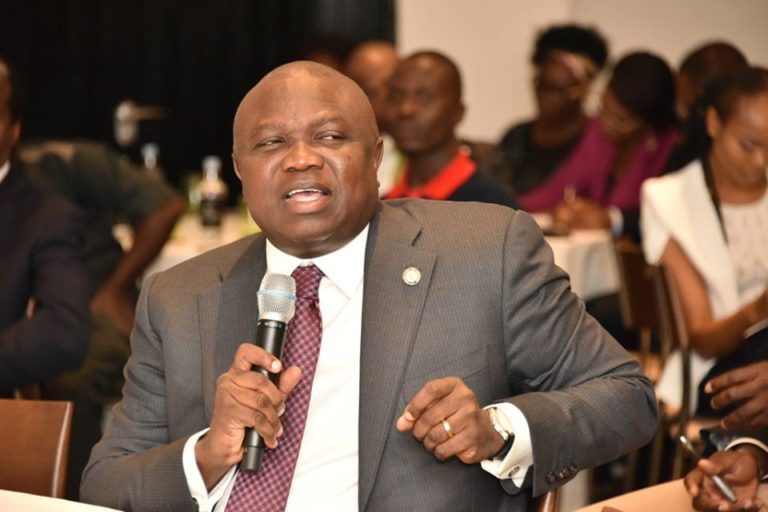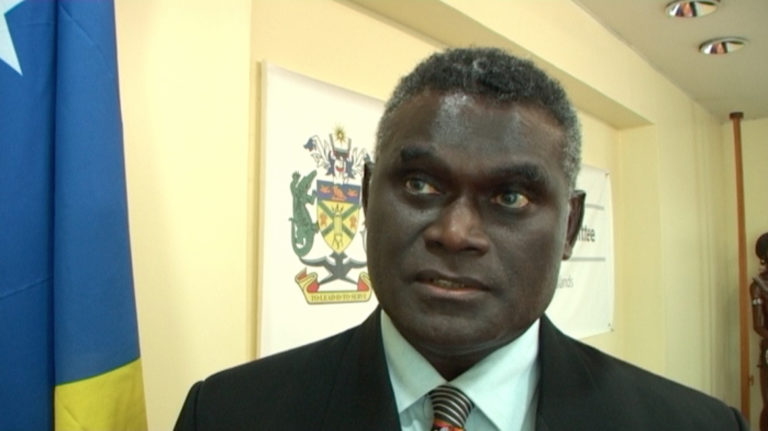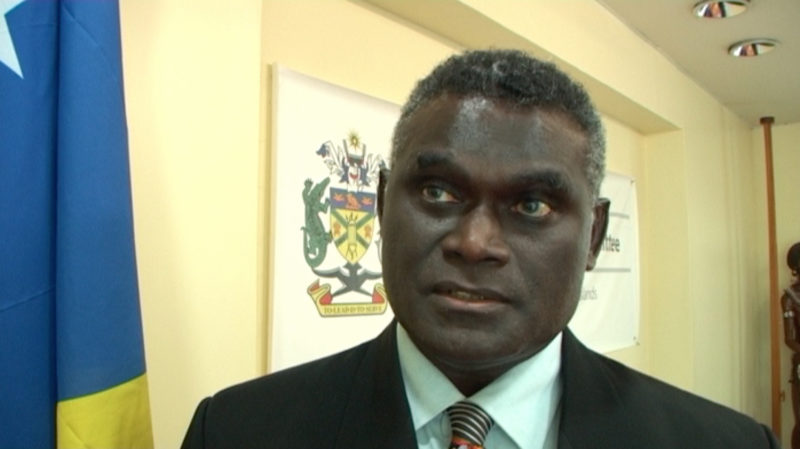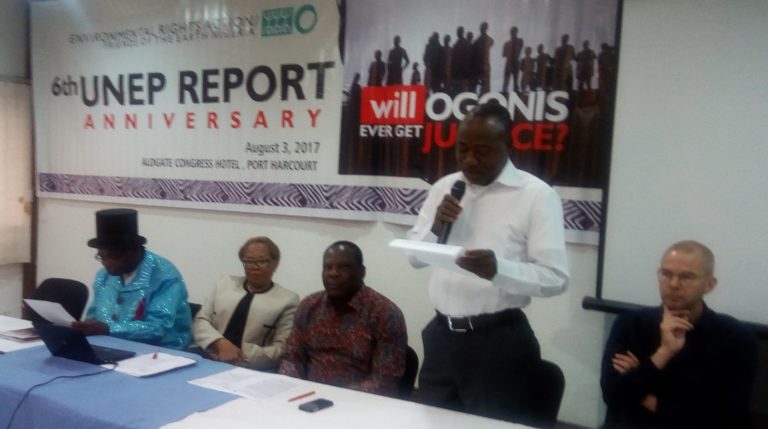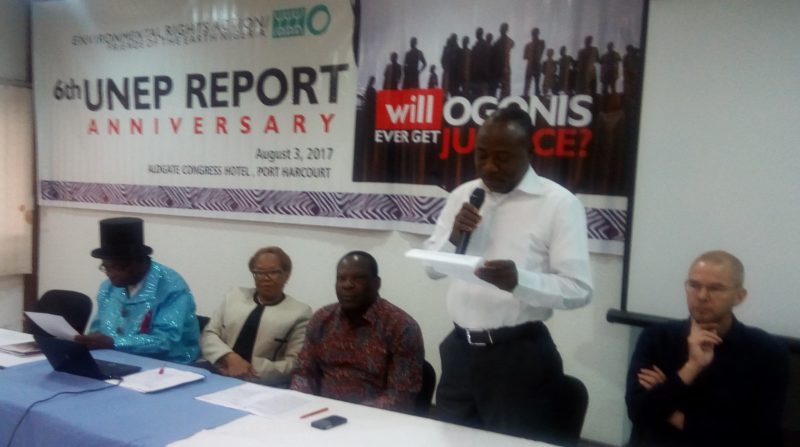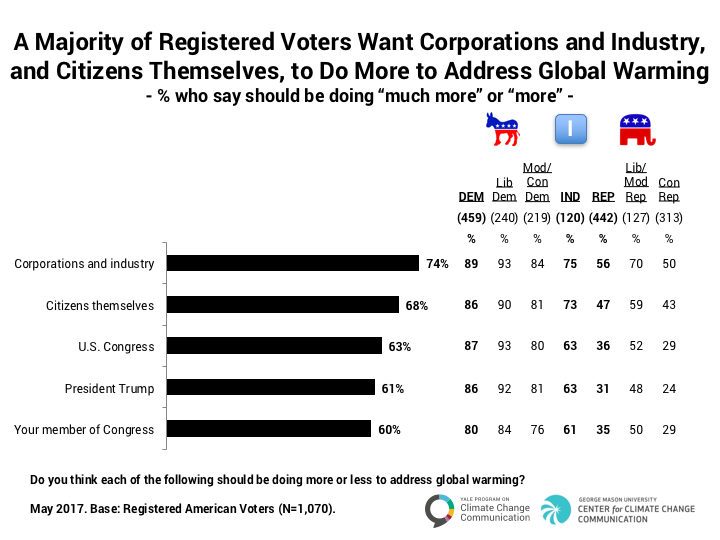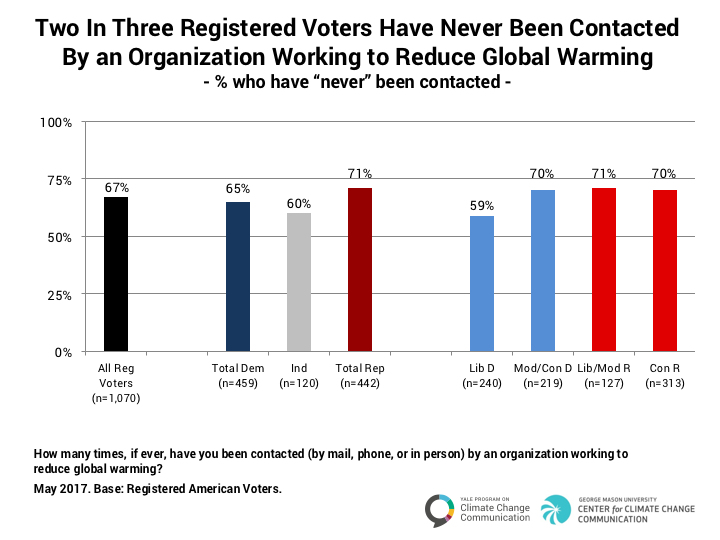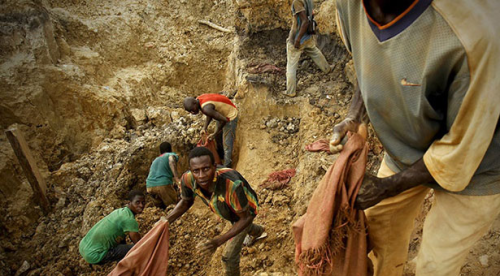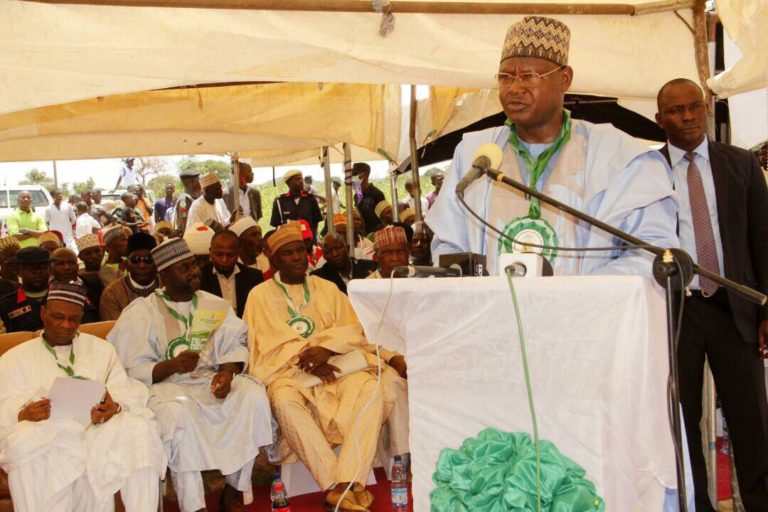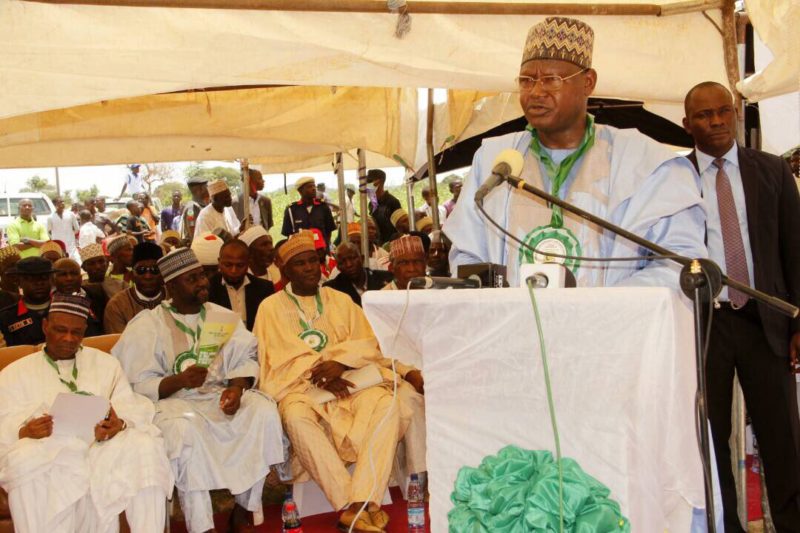WHO estimates up to 10,000 lives could be saved by November through malaria prevention and control, if more funds are secured

Following more than eight years of conflict in Borno State in north-eastern Nigeria, some 3.7 million people are in need of humanitarian assistance and all are at risk for malaria, according to the World Health Organisation (WHO).
The global health body estimates that, every week, around 8,500 people are infected with the disease in Borno State. With the high transmission season for malaria lasting through October, WHO expects these numbers will increase.
In Borno State, WHO estimates more than half of deaths recorded are currently due to malaria, more than all other causes of death combined, including cholera, measles and hepatitis E. A highly vulnerable population, consisting largely of children (58.8%), is at risk of disease outbreaks.
With more than 60% of health facilities only partially functioning, many people have not had access to regular health services, including routine vaccinations and basic medicines, for years.In addition to security concerns, acute malnutrition caused by food insecurity is rising in parts of the state. Between malnutrition and death is virtually always disease, and malaria often turns cases of malnourishment deadly.
Health emergencies and malaria
“Malaria, malnutrition, fragile states and civil strife often feed each other,” says Dr Pedro Alonso, Director of WHO’s Global Malaria Programme. “Wherever we have a humanitarian crisis in a malaria endemic country, we can almost always be sure that malaria is the number one killer.”
Malaria is a life-threatening disease caused by parasites that are transmitted to people through the bites of infected female Anopheles mosquitoes. In 2015, there were more than 200 million cases of malaria and 437,000 deaths. More than 90% of malaria deaths occur in Africa.
However, malaria is preventable and curable. Increased efforts over the last 15 years have drastically reduced malaria deaths and cases- – malaria mortality rates dropped by more than 60%, averting six million deaths.
“The most effective way to reduce deaths in emergencies in fragile states, especially those facing malnutrition, is by boosting malaria prevention and control, however, this is often not viewed as the top priority during an emergency response,” says Dr Alonso. “We are working with our WHO colleagues and many partners to change this.”
Following a recent visit to Borno state, WHO malaria experts completed a modelling exercise to estimate malaria cases as well as how many deaths could be prevented if a basic set of initiatives were undertaken. The report concluded that with the right joint actions, up to 10 000 deaths could be prevented in Borno state alone.
Turning scientific evidence into life-saving action
WHO and health sector partners are taking steps in four areas recommended in the report:
- strengthening surveillance systems to monitor cases and outbreaks of malaria;
- increasing people’s access to care in clinics and to health facilities;
- spraying insecticides and distributing bed nets as part of vector control; and
- administering malaria drugs to children under five years every month (July to October).
“Like never before, WHO is on the frontlines in camps of displaced people delivering real health programmes helping people in a complex emergency,” says Dr Alonso. “Seeing the translation of our work into action is phenomenally rewarding.”
In early July, the first of four-monthly rounds of mass drug administration reached more than 880,000 of the 1.1 million children under-five who were targeted. WHO and partners are planning monthly rounds through to October. WHO hopes that the $2.5 million needed for this emergency intervention can be mobilised in time to have a significant impact. WHO is relying on the existing infrastructure of thousands of polio vaccinators to carry out this complex, logistically challenging operation in areas still facing security threats from Boko Haram.
“We will give one curative dose of antimalarial drugs to a defined population, in this case children under-five,” says Dr Alonso. “In Borno State, we are giving an antimalarial drug to a child, whether they have malaria infection or not, to ensure they are cleared of parasites at that point and to protect them for four weeks. It’s a necessary temporary fix to reduce malaria deaths for the next six months.”
WHO has trained community health workers to provide a basic package of health services to communities where many people have not had consistent health access for several years. The health workers are always on the lookout for signs of malaria. They offer rapid diagnostic tests to determine if people have malaria, provide treatment, and advise on prevention. In addition, with more funding, WHO plans to reach more areas in Borno State with antimalarial drugs and support overall malaria control interventions.
“We will not know the full impact of our efforts until November, but we are confident that taking these steps will go a long way in reducing deaths and suffering of people from malaria so they can get on with their lives,” says Dr Wondi Alemu, WHO Representative in Nigeria.
Following the success of the assessment and the start of broader efforts to more effectively control malaria in dire emergency settings, WHO is looking to apply a similar approach in South Sudan where 10 million people are at risk of dying due to a combination of malaria, malnutrition and conflict.

